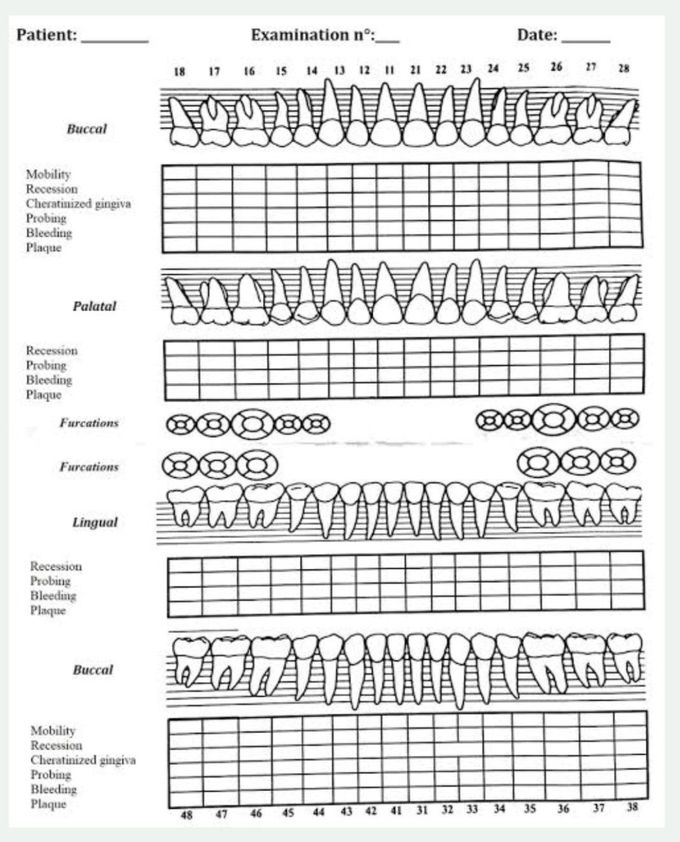


Probing and Charting
ing are dental procedures used to assess the health of your gums and the tissues surrounding your teeth. Probing involves using a special probe to measure the depth of the space between the gums and teeth, called periodontal pockets. Charting then involves documenting these measurements, along with other indicators like bleeding, recession, and mobility, to create a detailed picture of your gum health. Elaboration: Periodontal Probing: This procedure uses a thin, blunt-tipped probe to gently insert into the periodontal pockets around each tooth. The probe is then used to measure the depth of the pocket in millimeters. This helps determine the health of the gums and whether any inflammation or disease is present. Periodontal Charting: The information gathered from the probing process is then documented on a dental chart. This chart includes the probing depths, as well as other observations such as bleeding on probing, gingival recession (gum tissue receding), furcation involvement (involving the area where the roots of a tooth separate), and tooth mobility. Purpose of Charting: Periodontal charting serves several important purposes: Baseline Assessment: It establishes a baseline record of your gum health at your initial visit. Disease Detection: It helps identify early signs of gum disease, such as gingivitis and periodontitis. Monitoring: It allows dental professionals to monitor the progression of gum disease over time and assess the effectiveness of treatments. Treatment Planning: The information on the chart helps guide treatment planning and ensures that the right interventions are used to address any gum health issues. Normal Probing Depth: In a healthy mouth, probing depths usually range from 1 to 3 millimeters.

